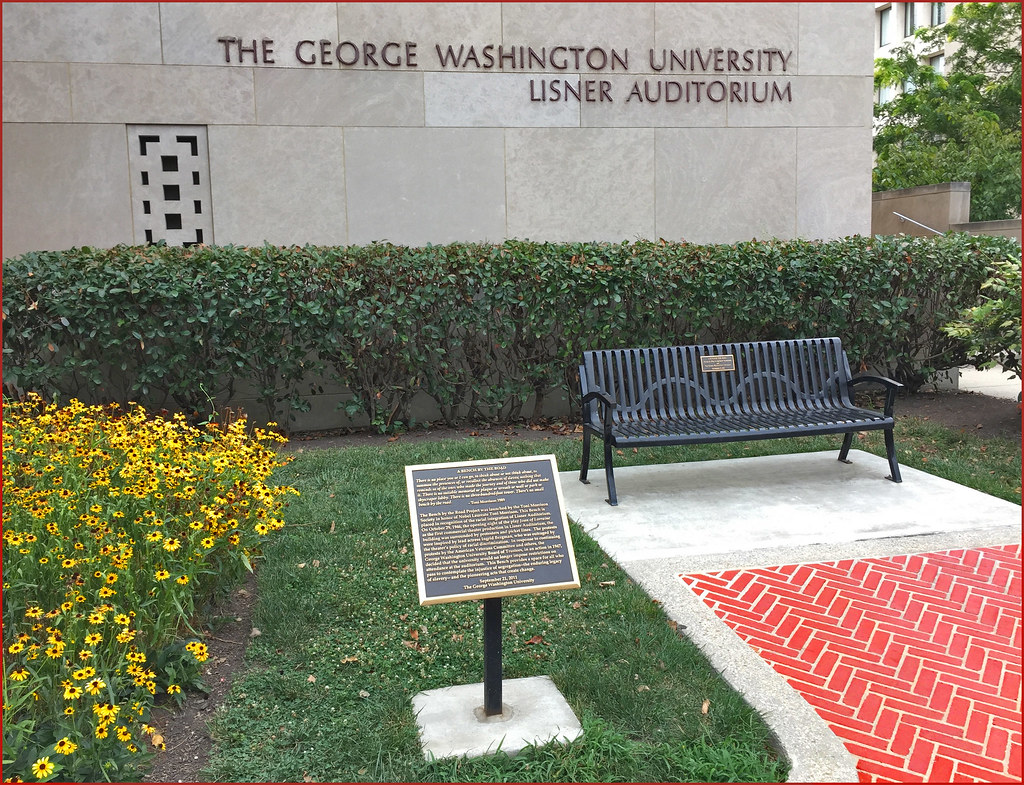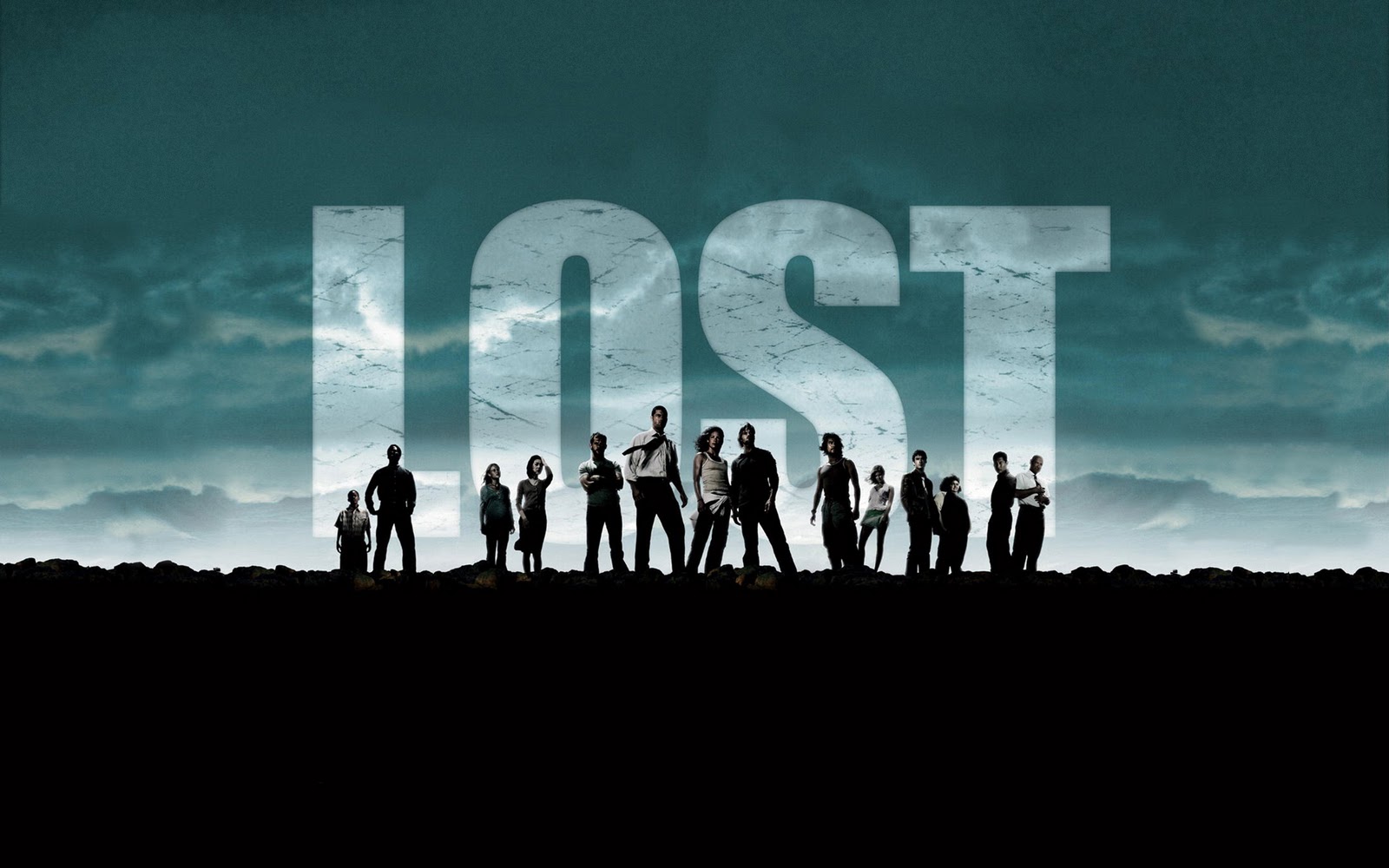
Few television series have captivated audiences quite like “Lost,” a phenomenon that redefined serialized storytelling and left an indelible mark on popular culture. From its dramatic premiere on September 22, 2004, to its poignant finale on May 23, 2010, this American science fiction adventure drama took viewers on a six-season journey filled with plane crashes, mysterious islands, and an intricate tapestry of human connections. It wasn’t just a show; it was a weekly ritual of collective theorizing, a complex puzzle box that dared its audience to look deeper into every cryptic clue and supernatural twist.
At its heart, “Lost” masterfully blended genres, pulling elements from adventure, mystery, science fiction, serial drama, supernatural, survival, and thriller narratives. This unique hybrid structure allowed it to explore a vast array of themes and introduce an unforgettable cast of characters, all while maintaining a relentless pace of discovery. The show’s creators, Jeffrey Lieber, J. J. Abrams, and Damon Lindelof, alongside showrunners Lindelof and Carlton Cuse, crafted a universe so rich and compelling that it spawned numerous discussions, theories, and even related media, ensuring its mythology extended far beyond the screen.
Inspired by films like “Cast Away” and enriched by influences from games like “Myst” and shows like “The Twilight Zone” and “Babylon 5,” “Lost” delivered a narrative experience unlike any other. Its sprawling ensemble cast and remote Hawaiian filming locations underscored its ambition, making it one of the most expensive series on television. Yet, it was the show’s deliberate layering of mysterious elements and recurring motifs that truly solidified its legacy, transforming it into a cultural touchstone that still sparks curiosity today. Let’s delve into some of the most fascinating elements that formed the backbone of its enduring mystery.

1. **The Enigmatic “Smoke Monster”**Right from the pilot episode, the survivors of Oceanic Flight 815 were introduced to an unseen creature that roamed the jungle, a malevolent entity whose terrifying presence hinted at the island’s profound mysteries. This was, of course, the infamous “Smoke Monster,” an entity that would evolve from a sonic roar and rustling trees into one of the series’ most pivotal and complex characters. Its initial appearances were shrouded in fear and uncertainty, setting a tone of supernatural dread that permeated the early seasons.
As the series progressed, the true nature of the “Smoke Monster” gradually came into focus, revealing a far more intricate origin than initially conceived. In its original form, it was the Man in Black, Jacob’s twin brother, who had been tragically “transmogrified by the power of the island” after attempting to leave it. This transformation into the black smoke cloud-like entity cemented its role as a fundamental force of the island, deeply intertwined with its very essence and the conflict that shaped its destiny.
Assuming the form of John Locke and, at times, a middle-aged man dressed in black robes, the Man in Black became the primary antagonist of the final season. His core mission was deceptively simple yet devastatingly profound: to “escape the island.” To achieve this, he sought to eliminate all the “candidates”—those Jacob had manipulated onto the flight to potentially become the island’s new protector. This deadly objective set the stage for a final, epic confrontation between the forces of good and evil, pushing the survivors to their limits.
His journey to the “Heart of the Island” to “turn it off” was a desperate gambit, a final act to sever his connection and finally leave his eternal prison. The “Smoke Monster” was not merely a monster; it was a tragically trapped entity, driven by a profound desire for freedom, its existence a constant reminder of the island’s immense, untamed power and its ability to transform and bind souls.
Read more about: The Quest for Answers: Why ‘Lost’ Continues to Captivate Audiences with its Unfolding Mysteries

2. **The Mysterious “Others”**Beyond the natural dangers of the island, the survivors quickly discovered they were not alone. There were “malevolent inhabitants, known as ‘The Others’,” a mysterious group that seemed to possess an intimate knowledge of the island and its secrets. Initially perceived as a formidable and often terrifying adversary, they kidnapped survivors, launched ambushes, and constantly challenged the perceived safety of the main characters, fueling much of the early conflict.
Over the course of the seasons, the narrative peeled back the layers of the Others, revealing a complex community with a “long history on the mysterious island.” They were not just savages in the jungle but an organized society, often led by figures like the manipulative Ben Linus, who played a central role in their interactions with the crash survivors. Their motivations and methods, initially opaque, gradually unveiled a deeper connection to the island’s protective mechanisms and its inherent power.
The Others were intrinsically linked to the island’s true leader, Jacob, serving as his intermediaries and protectors. Their presence underscored the idea that the island held ancient secrets and that the crash survivors were merely the latest in a long line of visitors or unwilling participants in its ongoing saga. The power struggles and moral ambiguities surrounding the Others, particularly through characters like Juliet, demonstrated that their story was far more nuanced than simple villainy, often reflecting the same struggles and desires as the crash survivors themselves.
Ultimately, the interactions with the Others forced the survivors to confront difficult choices, blurring the lines between friend and foe. Their existence highlighted the island’s role as a character in itself, influencing and shaping the destinies of all who resided upon it, and the Others were merely its most visible and enigmatic stewards, dedicated to a purpose few fully understood.
Read more about: If You Have High Cholesterol: 15 Foods to Rethink for Better Heart Health

3. **Dharma Initiative**Deep within the mysterious landforms of the island lies the remains of a scientific research project called the “Dharma Initiative“. This organization often reveals itself through mysterious introduction videos and abandoned research stations, adding a captivating layer of scientific exploration and experimentation to the island’s already rich supernatural resources. The discoveries at these research stations, especially those at the Swan Station, the Pearl Station and the Hydra Station, have offered a glimpse into this grand, ambitious but ultimately ill-fated project.
The purpose of the Dharma Initiative is to conduct “experiments” on the island, covering a series of scientific fields from electromagnetism to psychological regulation. These experimental stations are usually equipped with advanced technology and specific operating procedures, serving as crucial plot threads throughout the entire series. For instance, the hatch that was later exposed as the Swan Station became the focus of the early investigation of the survivors, providing answers while also raising deeper questions about the unique attributes of the island.
The collapse of the DHARMA Initiative and the fate of its members became an integral part of the island’s lore. Survivors learned more about their history and their ultimate conflict with the Others, shedding light on the island’s timeline and the various groups that had sought to understand or exploit its power. The ongoing threat of the electromagnetic energy beneath the Swan construction site, which led to Desmond’s critical task of activating a computer program every 108 minutes, illustrated the dangerous potential of DHARMA’s experiments.
The legacy of the DHARMA Initiative was not just in its abandoned facilities, but in the lingering effects of its work, which continued to influence events long after its apparent demise. Its presence blurred the lines between science and mysticism, suggesting that even the most rigorous scientific methods were insufficient to fully grasp the island’s inherent nature, leaving behind a trail of both knowledge and immense peril for those who came after.
Read more about: The Quest for Answers: Why ‘Lost’ Continues to Captivate Audiences with its Unfolding Mysteries
4. **The Recurring Sequence of Numbers**Perhaps one of the most enduring and unsettling mysteries of “Lost” was the persistent appearance of a specific sequence of numbers: 4, 8, 15, 16, 23, 42. These digits weren’t just random; they “frequently appear[ed] in the lives of the characters in the past, present, and future,” creating a profound sense of predestination and interconnectedness that puzzled both the characters and the audience alike. Their seemingly arbitrary yet undeniably significant presence became a cornerstone of the show’s complex mythology.
From Hurley’s cursed lottery winnings to the precise timing of Desmond’s button push in the DHARMA Initiative’s Swan station, the numbers permeated key plot points and character backstories. They were the very code Desmond had to input every 108 minutes (the sum of 4+8+15+16+23+42) to prevent an unknown catastrophic event, tying them directly to the island’s stability and the fate of the entire world. This direct link solidified their importance beyond mere coincidence, hinting at a grander design at play.
The mysterious sequence became a central element of fan speculation, driving countless theories about its meaning and origin. Was it a mathematical constant governing the island? A message from a higher power? Or simply a cosmic joke? The creators themselves referred to such elements as composing the “mythology of the series,” openly encouraging viewers and TV critics “to widespread theorizing in an attempt to unravel the mysteries.” The numbers were a perfect example of this, sparking intense discussion and fostering a deep sense of engagement.
Even after the series finale, the numbers remain one of the most iconic and recognizable symbols of “Lost.” They encapsulated the show’s blend of fate, science, and the inexplicable, serving as a constant reminder that the lives of the survivors, and indeed the island itself, were governed by forces far beyond their understanding, a numerical thread weaving through the very fabric of their existence.
Read more about: The Quest for Answers: Why ‘Lost’ Continues to Captivate Audiences with its Unfolding Mysteries
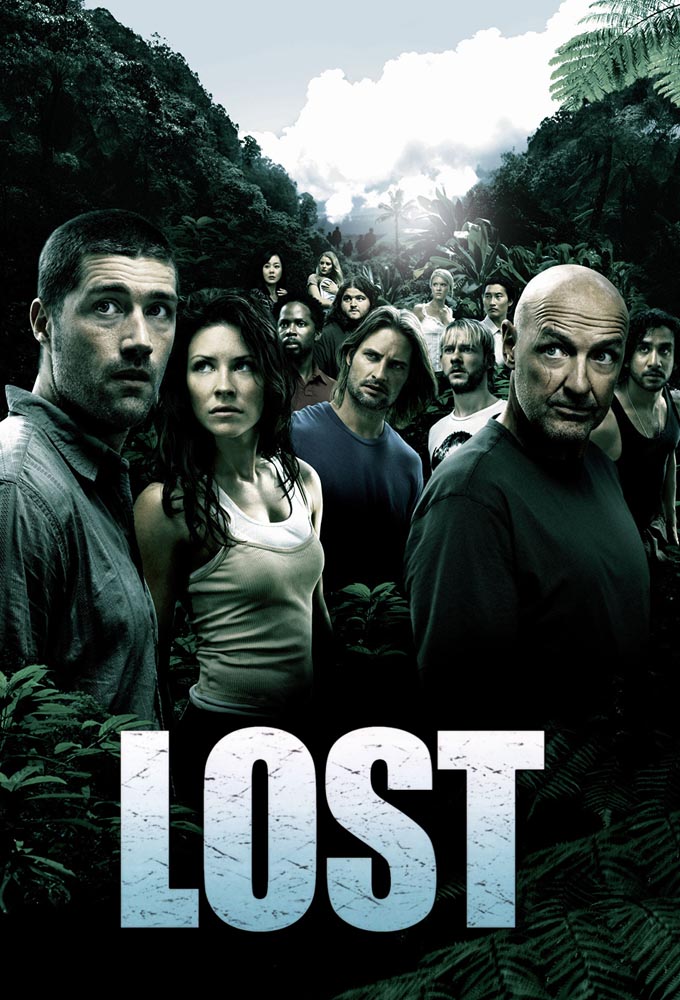
5. **The Theme of Black and White Dualism**”Lost” was never one for subtlety when exploring profound philosophical concepts, and the “frequent appearances of black and white” served as a powerful “recurring element and motif” throughout the series. This visual and thematic dualism wasn’t just about aesthetics; it was a deeply ingrained narrative tool, designed to “reflect the dualism within characters and situations,” inviting viewers to consider the inherent opposition and balance present in every aspect of the island and its inhabitants.
Perhaps the most explicit manifestation of this theme was the eternal struggle between Jacob and his twin brother, the Man in Black. Their conflict, central to the island’s origins and its ultimate fate, was repeatedly symbolized by their differing philosophies and their respective roles as protector and would-be destroyer. The Man in Black himself even referred to the white and black rocks as an “inside joke,” highlighting the symbolic weight of these opposing forces within their ancient, sibling rivalry.
Beyond this primary conflict, black and white dualism appeared in myriad ways. Locke, a character often defined by his faith and conviction, was frequently associated with darkness and mystery, while Jack, the man of science, often represented light and reason, even as their roles occasionally inverted. The iconic backgammon set, often seen with Locke, was another potent symbol, its black and white pieces representing the game of life and death, choice and fate, good and evil that played out on the island.
This pervasive motif encouraged viewers to look beyond surface appearances, understanding that characters and events often contained elements of both light and shadow, right and wrong. It suggested that true understanding lay not in choosing one extreme over another, but in recognizing the inherent interplay between these opposing forces, a struggle that defined the very essence of the island and its complex mythology.
Read more about: Legends of the Open Range: Revisiting the Grit and Glory of 12 Iconic 1950s Westerns

6. **Rebellion as a Character Motif**Among the many compelling psychological insights offered by “Lost,” the pervasive theme of “rebellion in almost all characters” stands out as a significant driving force. This wasn’t merely youthful defiance; it was a deeply ingrained characteristic that shaped their decisions, fueled their conflicts, and ultimately propelled much of the island’s dynamic narrative. Each survivor, in their own way, pushed against authority, societal norms, or their own perceived limitations.
Kate Austen, the resourceful fugitive, served as a prime example of this rebellious spirit. Her entire backstory, revealed through poignant flashbacks, was a testament to her constant struggle against legal and moral boundaries, always seeking freedom and often acting on instinct rather than strict adherence to rules. Her actions on the island continued this pattern, as she frequently challenged Jack’s leadership and made choices that often skirted convention.
But Kate was not alone. From Sawyer, the con man who flouted social conventions, to Sayid, the former Iraqi Republican Guard who rebelled against his past, and even Jack, who at times rebelled against his own scientific rationale to embrace faith, the motif was woven into the fabric of the ensemble. Their individual acts of defiance, whether against the Others, against each other, or against their own personal demons, contributed to the chaotic yet captivating energy of the series.
This constant undercurrent of rebellion wasn’t just for dramatic effect; it served a deeper purpose in the show’s philosophical framework. It spoke to the human desire for autonomy, the struggle against predetermination, and the inherent drive to carve one’s own path, even when confronted with the seemingly inescapable forces of fate and a mysterious, powerful island. Their collective acts of defiance, however small or grand, were a testament to the indomitable spirit of those who found themselves “lost” but determined to be free.
Let’s shift our gaze from the island’s immediate enigmas to the deeper philosophical currents and literary influences that made “Lost” such an intellectual playground. The show wasn’t just a mystery box; it was a profound meditation on human nature, destiny, and the perennial struggles that define our existence. As we peel back these layers, we uncover why “Lost” resonated so deeply, transforming it from a mere television series into a cultural phenomenon worthy of endless discussion and dissection.
Read more about: The Quest for Answers: Why ‘Lost’ Continues to Captivate Audiences with its Unfolding Mysteries
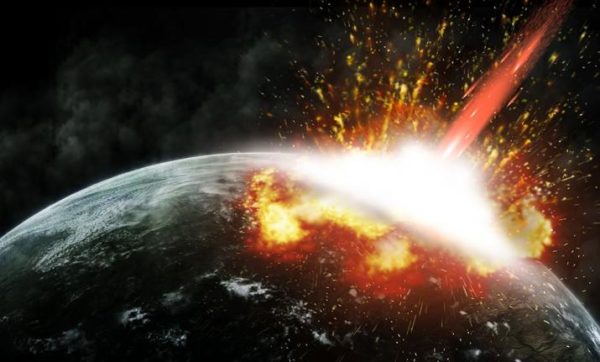
7. **Doomsday omens and buttons**Imagine that the fate of the entire world lies on your shoulders, depending on a single repetitive action of yours. “Lost” not only implies supernatural phenomena but also frequently cites “doomsday hints”, creating a continuous and huge undercurrent of risk. The most striking manifestation is Desmond Hume’s solitary and numbable mission at the Swan Station of the Bodhidharma Project: “Press the button every 108 minutes to prevent the end of the world.”
This seemingly mundane act was imbued with cosmic significance. Failure to push the button, as demonstrated by the electromagnetic discharge at the end of Season 2, led to catastrophic consequences, including the detection of the island by Penny Widmore’s scientists and even the original breakup of Oceanic Flight 815. Desmond’s sacrifice, his three years isolated in the hatch, faithfully inputting the numbers, was a testament to an unseen, impending global disaster.
The writers ingeniously used this concept to explore themes of responsibility, faith, and the unknown. Was Desmond truly saving the world, or merely a pawn in a grander experiment? The implication of the island’s raw, untamed power, capable of causing a global electromagnetic event if unchecked, constantly reminded viewers of the fragility of existence. It transformed the isolated island into the crucible of humanity’s fate, where one man’s actions held unthinkable weight.
This apocalyptic undertone wasn’t limited to the button. The “Heart of the Island” itself, a source of immense power that Jacob and the Man in Black guarded, represented a primal force of both creation and destruction. The Man in Black’s ultimate goal to “turn it off” was an apocalyptic threat, transforming the final season’s struggle into a battle for the very fabric of reality.
Read more about: Audrey Hepburn: Beyond the Icon — A Deep Dive into Her Life, Legacy, and Unforgettable Impact on Film and Humanity

8. **The Cosmic Dance of Coincidence vs. Fate**One of the most persistent and captivating debates among “Lost” fans revolved around the delicate balance between “coincidence versus fate.” Were the survivors merely unlucky individuals brought together by a random plane crash, or was their presence on the island a meticulously orchestrated, predestined event? The series masterfully played with this tension, using characters like John Locke and Mr. Eko to embody these opposing philosophies, forcing both the characters and audience to ponder their reality.
Locke, a man whose life before the island was a series of unfortunate events, found profound purpose in his belief that the island chose him. For him, the crash was not an accident but an intervention, a divine appointment that unlocked his true potential. He was the quintessential man of faith, convinced that everything happened for a reason, guided by a larger, immutable destiny that he was compelled to follow.
In contrast, Mr. Eko, a man burdened by a violent past, initially approached the island with a more pragmatic, almost fatalistic, view. While he also experienced profound spiritual awakening, his journey often juxtaposed Locke’s unwavering conviction, presenting a more nuanced perspective on free will versus predetermination. Their interactions, particularly regarding the purpose of the hatch, highlighted this core philosophical schism.
Ultimately, the revelation of “Jacob’s machinations” tilted the scales heavily towards fate. It was explicitly stated that “everyone was pushed by fate and his manipulation to be on the Oceanic flight,” meticulously brought together as “candidates” for the island’s protection. This grand design, however, didn’t entirely negate personal choice, instead presenting a complex tapestry where predetermined circumstances met individual decisions, making the journey a profound exploration of free will within the confines of destiny.
Read more about: When Quirky Became Cool: 12 Oddball Cars That Found Cult Followings
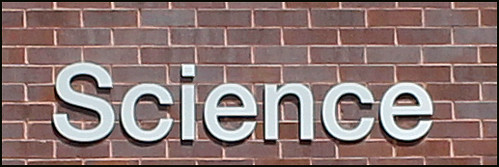
9. **Science vs. Faith: The Core Ideological Divide**At the very heart of “Lost” lay an epic, intellectual “conflict between science and faith,” a philosophical battleground embodied most powerfully by the leadership tug-of-war between Jack Shephard and John Locke. Their stark disagreements weren’t just about survival tactics; they were fundamental clashes of worldview that permeated every major decision and mystery on the island.
Jack, the pragmatic surgeon, represented the unwavering belief in logic, reason, and empirical evidence. His initial approach to the island’s mysteries was to find scientific explanations, to impose order on chaos, and to rely on what could be seen, measured, and understood. He sought to leave the island, believing their survival lay in external rescue and rational action, frequently dismissing Locke’s mystical interpretations as delusions.
Locke, conversely, was the quintessential man of faith. After regaining his ability to walk on the island, he became its most ardent believer, convinced that the island possessed an inherent consciousness and purpose. He championed the idea of destiny and saw hidden meaning in every sign and phenomenon, often urging the survivors to surrender to the island’s will. Their disagreements over crucial elements like “the hatch, the button, and leaving the island” became metaphors for this grander philosophical struggle.
This tension between scientific inquiry and spiritual conviction was not just a plot device; it was a reflection of a universal human dilemma. “Lost” never fully declared a victor, instead presenting a nuanced portrayal where both perspectives offered glimpses of truth. The island, in its enigmatic wisdom, forced both Jack and Locke to confront the limitations of their chosen philosophies, demanding a synthesis of reason and belief to truly comprehend its mysteries.
Read more about: Remember the ’80s? The 12 Defining Pillars That Made Action Movies the Absolute Kings of Thrills and the Box Office!
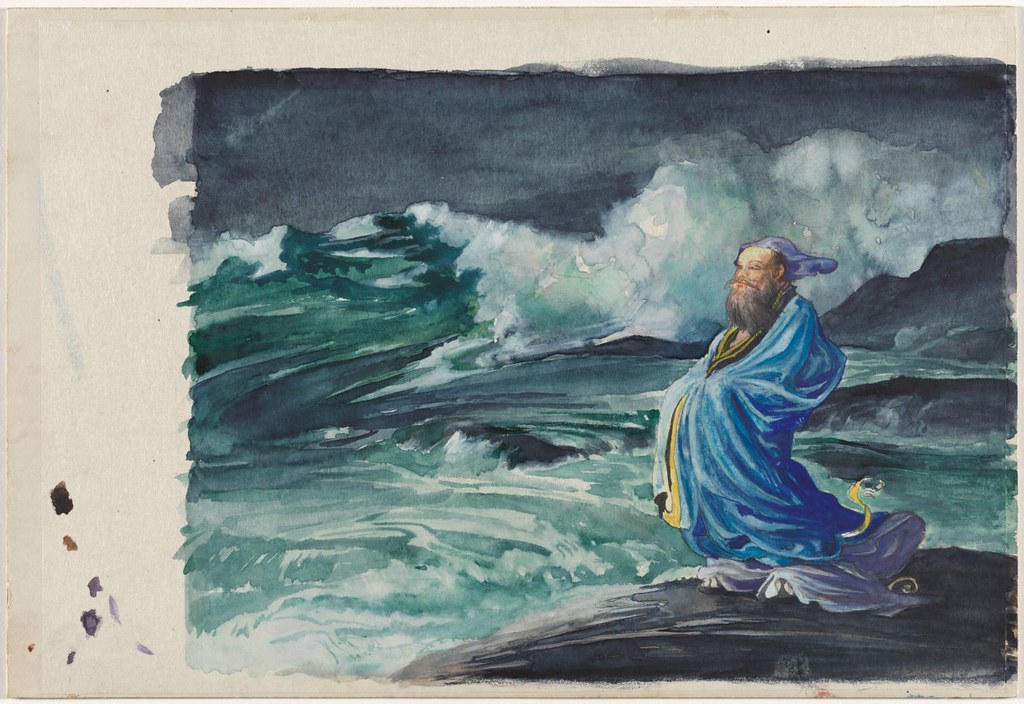
10. **Philosophical Echoes: Names that Shaped Destiny**If “Lost” taught us anything, it’s that nothing was accidental, not even a character’s name. The show’s creators meticulously wove intellectual depth into its very fabric, including “many allusions in characters’ names to famous historical thinkers and writers.” These subtle yet profound choices provided a rich “literary and philosophical subtext,” hinting at the characters’ destinies and their roles in the island’s grand narrative.
Consider John Locke, named after the influential English philosopher whose ideas on natural rights and governance shaped modern political thought. This wasn’t merely a tribute; it was a clue. Locke on the island, with his profound faith and search for purpose, mirrored the philosopher’s quest for understanding the natural order, and his alias, Jeremy Bentham, further linked him to another prominent philosopher.
The list of philosophically significant names goes on, a veritable who’s who of intellectual history. Danielle Rousseau, named after Jean-Jacques Rousseau, whose ideas on the social contract often found echoes in the island’s isolated society. Desmond David Hume, bearing the name of David Hume, the Scottish Enlightenment philosopher known for his empiricism and skepticism. Daniel Faraday, named after physicist Michael Faraday, embodying the scientific pursuit of knowledge on the island.
Characters such as Eloise Hawking (played by Stephen Hawking), George Minkowski (played by Hermann Minkowski), and Charlotte Stables Lewis (played by CS Lewis) also show more subtle tributes. These meticulous choices indicate that “Lost” is not merely an engaging drama but also a treasure trove of wise puzzles, guiding the audience to explore profound philosophical questions through the characters’ perspectives. Each name is like a whispering hint, like a secret key that uncovers the layers of meaning behind the eternal mysteries of the island.
And so, as our journey through the enigmatic world of “Lost” draws to a close, we’re left not with definitive answers, but with a profound appreciation for its unparalleled narrative ambition. This wasn’t just a show about survivors on a mysterious island; it was a masterful exploration of the human condition, weaving together elements of science, faith, fate, and free will into a tapestry so rich and complex it continues to spark discussion years after its final fade to black. “Lost” dared us to ask big questions, to theorize, to debate, and in doing so, it forged an unforgettable connection with its audience, proving that sometimes, being truly “lost” can lead to the most profound discoveries about ourselves and the universe. Its legacy isn’t just in the mysteries it presented, but in the enduring conversation it ignited, solidifying its place as one of television’s most thought-provoking and beloved achievements.



